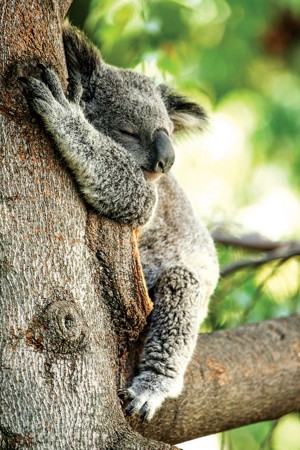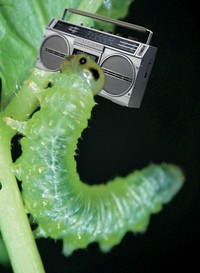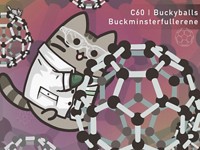Advertisement
Grab your lab coat. Let's get started
Welcome!
Welcome!
Create an account below to get 6 C&EN articles per month, receive newsletters and more - all free.
It seems this is your first time logging in online. Please enter the following information to continue.
As an ACS member you automatically get access to this site. All we need is few more details to create your reading experience.
Not you? Sign in with a different account.
Not you? Sign in with a different account.
ERROR 1
ERROR 1
ERROR 2
ERROR 2
ERROR 2
ERROR 2
ERROR 2
Password and Confirm password must match.
If you have an ACS member number, please enter it here so we can link this account to your membership. (optional)
ERROR 2
ACS values your privacy. By submitting your information, you are gaining access to C&EN and subscribing to our weekly newsletter. We use the information you provide to make your reading experience better, and we will never sell your data to third party members.
Education
Newscripts
Tree-Hugging Koalas, Lego Girl Power
by Jeff Huber
June 23, 2014
| A version of this story appeared in
Volume 92, Issue 25

Looking for a way to beat the heat this summer? Then make like a koala, and hug a tree.
According to a recent study in Biology Letters, the notoriously lethargic marsupials aren’t so lazy when it comes to regulating their body temperatures. Instead of mindlessly lounging in eucalyptus trees—their primary food source—during hot weather, koalas cool off by seeking other trees to embrace (2014, DOI: 10.1098/rsbl.2014.0235).
An international team of researchers observed the behavior after monitoring koalas in southeastern Australia. In warmer months, the team witnessed, koalas spent more time in cooler parts of trees, such as the trunk, that were closer to the ground. Additionally, the animals spent more time in Acacia mearnsii trees—from which they don’t eat—a behavior the team attributed to A. mearnsii being up to 7 °C cooler than eucalyptus trees.
Most noticeable of all, however, was the posture koalas adopted to take advantage of these colder temperatures. They often “oriented themselves so that they appeared to be hugging the trunks or large lower branches of trees,” the researchers write. By pressing their chests against cold arboreal surfaces, koalas conserve bodily fluids that might otherwise go toward keeping cool. For instance, the marsupials typically get relief from the sun by licking their fur and letting the moisture evaporate.
Humans looking for their own relief from the summer sun could also hug trees to keep cool, concedes Natalie J. Briscoe, a research fellow at Australia’s University of Melbourne who was involved in the study. She maintains that tree hugging offers greater relief to her research subjects, however. “Koalas spend almost all of their time in trees and so can’t exploit other options for losing heat that are available to humans, such as retreating to a cool swimming pool,” she tells Newscripts. It’s a good thing too, because koala fur would definitely wreak havoc on a pool’s filter.
Koalas may be embracing trees, but the Lego community is embracing an idea hatched by geochemist Ellen Kooijman: female scientist Legos. Frustrated by the lack of women Lego characters, Kooijman pitched the idea for minifigures of a female astronomer, paleontologist, and chemist on an online forum sponsored by the maker of the recreational building blocks. After receiving 10,000 votes of approval from Lego users, the proposed design was presented to a company review board. Then, on June 3, Lego announced that it would actually be manufacturing Kooijman’s proposed minifigure set, which will be called Research Institute. The set builds on the popularity of a female lab scientist minifigure that Lego released last September.

News of the upcoming release has generated an enthusiastic response. “I applaud the people at Lego for their efforts,” says E. Ann Nalley, a professor of chemistry at Cameron University, in Lawton, Okla., and past-president of the American Chemical Society. Nalley believes that toys such as those designed by Kooijman play an important role in encouraging girls into the sciences. Nalley once proposed a Barbie the Chemist doll to the ACS Board of Directors (C&EN, April 7, page 56).
If Research Institute were available today, Nalley says, she would purchase one for each of the 12 middle school girls who are attending Cameron’s applied mathematics and aerospace engineering camp this week. Unfortunately, Nalley and the rest of us science toy fanatics will have to wait until August for the minifigures’ release.
Jeff Huber wrote this week’s column. Please send comments and suggestions to newscripts@acs.org.





Join the conversation
Contact the reporter
Submit a Letter to the Editor for publication
Engage with us on Twitter